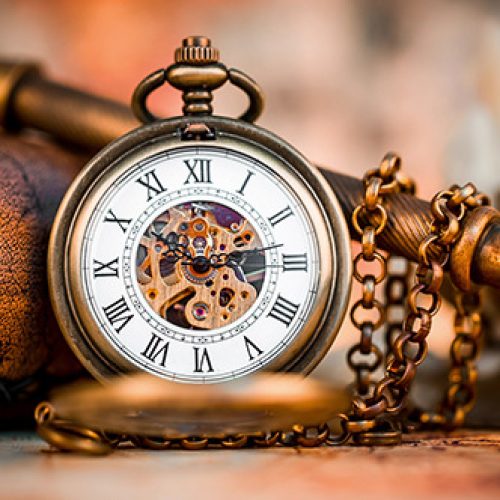Silver holds a significant place in the realm of antiques due to its beauty, versatility, and historical importance. Here’s a closer look at silver in respect to antiques:
- Historical Significance: Silver has been treasured by civilizations throughout history. It has been used for currency, tableware, religious objects, jewelry, and decorative items. Its malleability and durability made it a favored material for craftsmen and artisans across cultures and time periods.
- Artistry and Craftsmanship: Antique silver items often exhibit exquisite craftsmanship and intricate designs. Silversmiths employed various techniques such as chasing, engraving, repoussé, and filigree to create stunning pieces of art. These items may bear hallmarks or maker’s marks indicating their origin and the silversmith responsible for their creation.
- Functional and Decorative Uses: Antique silver serves both functional and decorative purposes. Silverware sets, including flatware, serving pieces, tea sets, and candlesticks, were essential items in affluent households. Beyond their utilitarian function, these pieces were often displayed as status symbols and heirlooms, contributing to the grandeur of dining and social occasions.
- Cultural and Symbolic Significance: Silver objects often hold cultural and symbolic meanings. In many societies, silver has been associated with wealth, purity, and prestige. Silver religious artifacts, such as chalices, crosses, and ceremonial vessels, play important roles in religious ceremonies and rituals across various faiths.
- Patina and Aging: Like other antique metals, silver develops a patina over time due to oxidation and natural wear. While some collectors prefer the lustrous shine of polished silver, others appreciate the aged appearance and character of patinated silver, which can enhance the beauty and value of antique pieces.
- Collectibility and Market Value: Antique silver items are highly collectible, with avid collectors seeking out pieces from different periods, styles, and regions. Factors influencing the market value of antique silver include rarity, condition, provenance, and historical significance. Fine examples of antique silverware and decorative objects can command significant prices at auctions and specialized antique markets.
Overall, silver’s enduring allure as a precious metal, combined with its rich history and aesthetic appeal, ensures its continued prominence in the world of antiques.









